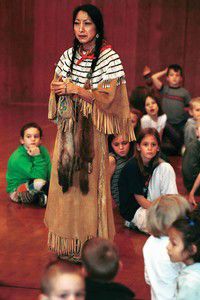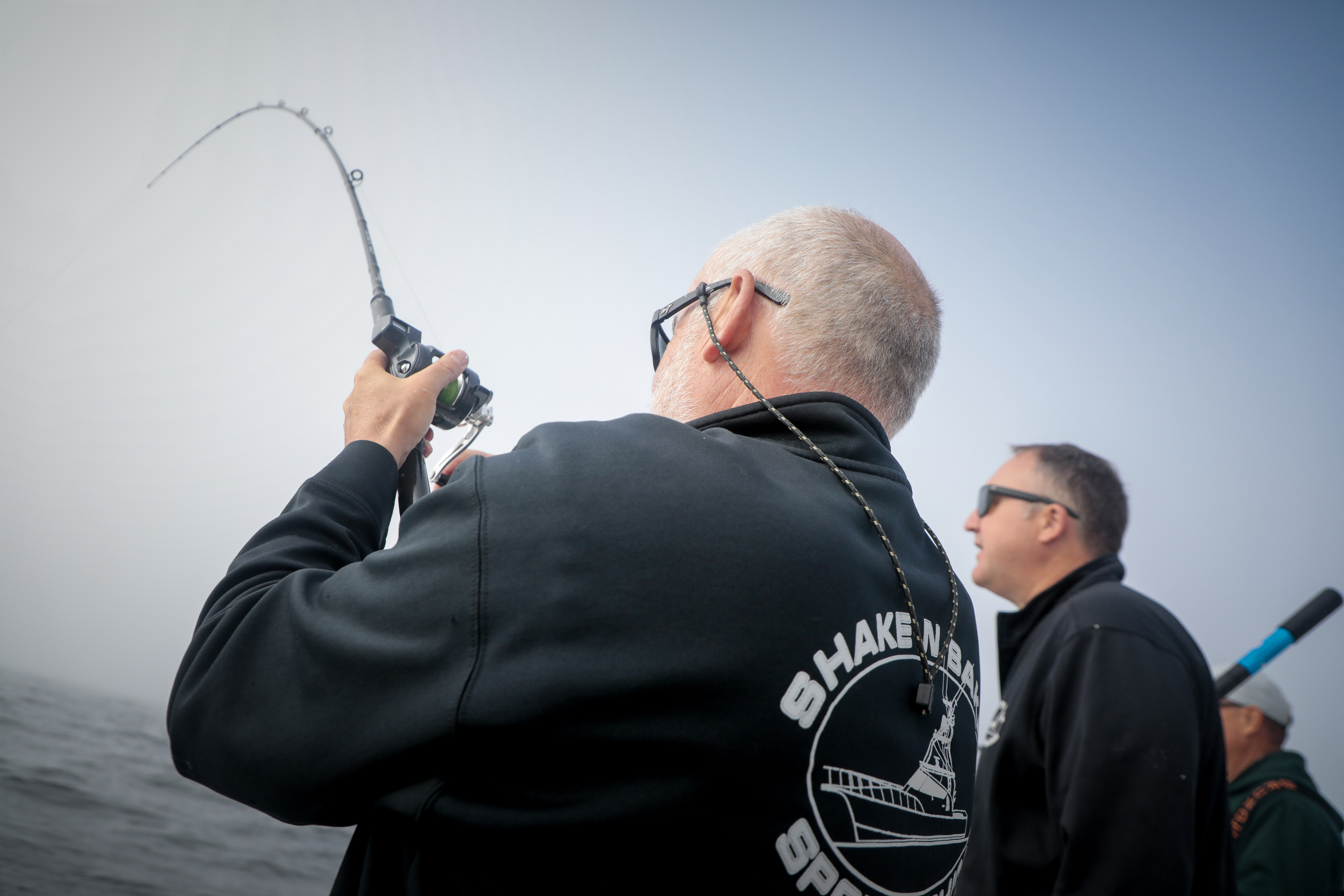National Sacagawea expert brings warm humanity to tales of renowned explorer
Published 4:00 pm Tuesday, November 12, 2002

- Amy Mossett, dressed in traditional Native American attire, answers questions by students of Ocean Park Elementary School Friday during a presentation about Sacagawea.
OCEAN PARK – Amy Mossett of New Town, N.D., has been speaking about Sacagawea and her significance to the Lewis and Clark Expedition for a long time. This last week Mossett made her way up and down the Peninsula, dressed in traditional Native American clothing, speaking about the woman – one who she says is one of the most important in this county’s history.
Trending
On Friday Mossett spoke to the second and third grade students of Ocean Park Elementary school. She appeared before the small group dressed in a Native American work dress made of deer skin and covered in beads of small shells. She wore her hair in two long braided tails, clipped at the ends by otter skins. She wore moccasins and carried a small leather bag. One student asked her what was inside the bag, possibly hoping for something mysterious. Mossett replied, “I used to keep my cell phone in there,” which the students found very humorous.
Mossett spoke for half an hour, telling detailed stories of Sacagawea, a Native American woman who accompanied the Corps of Discovery as they made their way west. Her name means “bird-woman,” and she was a wife and mother, carrying her baby with her throughout the trip. Her job on the trek was one of an interpreter when meeting other American Indians. One of the tales Mossett told was how Sacagawea saved several items including important journals of the trip when one of Lewis and Clarks’ boats was sinking.
Mossett is a member of what is referred to as the Three Affiliated Tribes; the Mandan, Hidasta and Arikara. She travels around the country regularly, telling the stories of the bird-woman and Lewis and Clark.
Trending
“I do Lewis and Clark, that’s kind of all I do,” said Mossett. “I call it Lewis and Clark, but actually I’m doing Mandan, Hidasa and Arikara nation and our perspective. Our involvement with the Lewis and Clark story is really big because Lewis and Clark spent 191 days with the three affiliated tribes. And this is a real significant part of the story, too, because this is where they wintered. But they had two major wintering camps. One was in present day North Dakota with the Mandan and Hidasa, and the other was out here in present day Astoria, Fort Clatsop.
“I’ve been sort of talking about the importance of the Lewis and Clark story in these two communities. Because I realized, being in North Dakota, that a lot of people in North Dakota don’t realize how big this story is in our state. And I think sometimes in our communities we take for granted and don’t really realize that we are just a big part of a national story. And so that’s one of the things that I mentioned to the students while I was out here, that it was major history that took place out here.”
Mossett is a co-chairperson for the Circle of Tribal Advisors, a sub-committee of the Lewis and Clark Bi-Centennial Council. Through that she works with tribes across the nation to ensure that during the events of the celebration that there is meaningful and significant tribal involvement, “Because it is a huge Native American story as well,” said Mossett.
Mossett also spoke at Hilltop and Long Beach Elementary schools during the week, culminating with a presentation of the Sacagawea story at the Ilwaco Heritage Museum on Saturday as part of the “Ocian in View” events last week.









